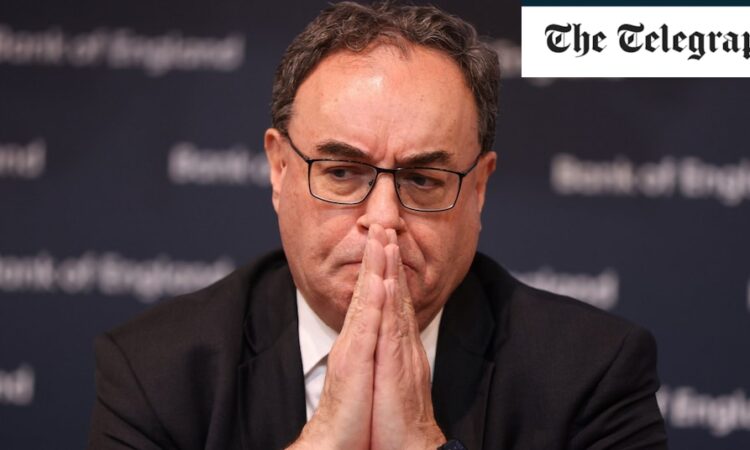
Compass also struggled to “capture fully” the way monetary policy works in practice and was too optimistic, with a “tendency to predict over-rapid returns of the economy to its steady-state equilibrium (including to 2pc inflation).”
Gaps are filled with other models and, increasingly, economists’ and policymakers’ judgments. This only serves to “paper over problems”, Bernanke said.
Some data entered into the models come from financial markets, including traders’ forecasts of future oil prices and interest rates. But the cut-off date for taking in such data is a week before the Monetary Policy Committee (MPC) meets.
This is simply too long a gap in a modern economy, meaning the data is “stale” by the time policymakers are considering it, the report said.
In its response, the Bank acknowledged its models perform well when the economy is stable, but struggle when times get tough.
It said: “A forecasting framework that performed well during periods in which inflationary shocks were relatively small may be less robust during periods of large and unusual shocks and the associated heightened uncertainty, or in an economy transformed by structural changes, for example the emergence of artificial intelligence, or a realignment of trading relations.”
Confusing charts
For more than three decades, the Bank has used so-called fan charts to visualise the uncertainty surrounding its forecasts.
Economist Robert Chote famously described them as “flamethrowers of uncertainty” because of the bright orange and red colours used in the Office for Budget Responsibility’s own version of the many-hued charts.
The charts are meant to convey to the public the range of possibilities and the inherent difficulties the Bank faces in making policy choices.
It’s a noble aim. But, Bernanke pointed out, most people have no idea what they mean.
While the former Fed chief recognised their “distinguished history”, he said they had “weak conceptual foundations and do not seem to be particularly effective communication tools”.
In short, they should be ditched.
Policymakers should instead focus on one central scenario that rate-setters were prepared to endorse, while outlining the risks surrounding that forecast.
Bernanke said the current system had created confusion at times. For example, in November 2022, the Bank’s central forecast predicted the UK would slip into the longest recession on record as prices surged.
However, policymakers did not endorse the forecast as it was based on market expectations of surging interest rates. Bernanke said communication issues offered more confusion than clarity.
“The person in the street thought that the Bank of England was forecasting a recession when perhaps that was not really [policymakers’] main scenario. I think that is something that needs to be thought about,” he said.






